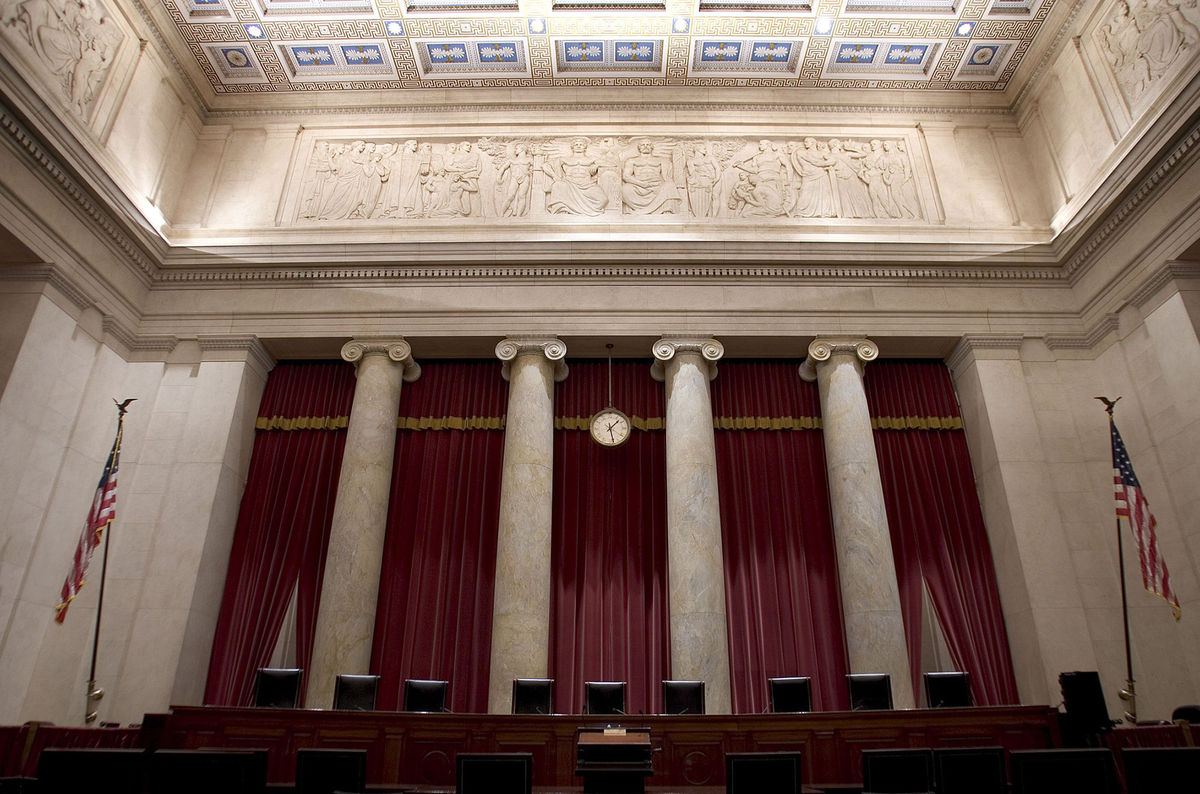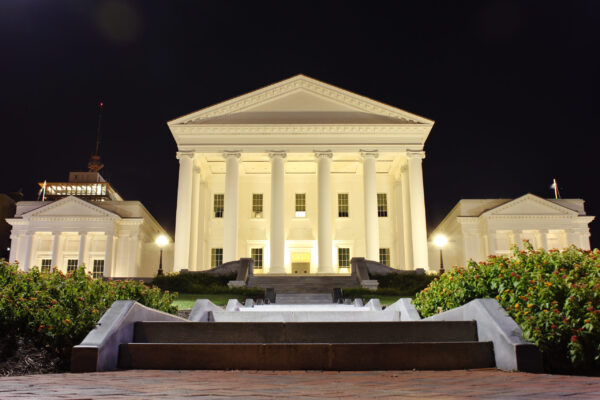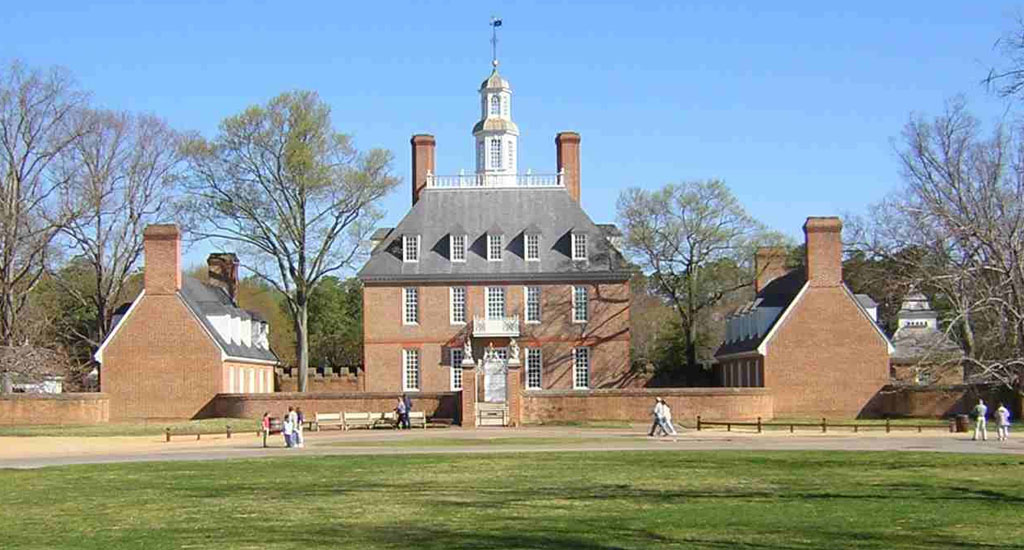The U.S. Supreme Court announced Tuesday morning that restrictions on transgender individuals serving in the military will remain enforced. In a 5-4 split, all liberal-minded justices sided against the policy.
On July 1, 2016, in the final months of the Obama Administration, then-Defense Secretary Ash Carter implemented new policy changes at the Pentagon, allowing American service members who identify as transgender to join the military beginning July 1, 2017, after the same were prohibited from joining the military in any capacity.
As President Donald Trump has tried to walk back the policy, former Defense Secretary Jim Mattis, not as warming to the change as the commander in chief, ordered a six-month policy review in 2017, recommending in a memo to the president that “persons with a history or diagnosis of gender dysphoria” be “disqualified from military service except under limited circumstances.”
The memo from Mattis to Trump dictates that individuals with a history of gender dysphoria — a clinical term referring to anxiety triggered by the conflict between one’s biological sex and the gender with which they identify — may enlist provided they are willing to serve in their biological sex and have not suffered gender dysphoria for a continuous three-year period prior to recruitment. Active personnel who are diagnosed with gender dysphoria may continue to serve provided they do so in their biological sex.
The plaintiffs in the case, which was not heard as the lower court proceedings continue, charge that the policy violates a range of constitutional rights, including freedom of expression, equal protection, and due process.
The Trump Administration said the Supreme Court’s intervention was necessary because the lower court decision “require[s] the military to maintain a policy that, in its own professional judgment, risks undermining readiness, disrupting unit cohesion, and weakening military effectiveness and lethality.”
In a report from The Daily Caller, the Department of Justice filed a petition, which the high court granted, allowing the justices to uphold the enforcement of the ban while litigation continues in the lower courts. The case will now return to the 9th Circuit Court of Appeals for further proceedings.
Regardless, the decision made Tuesday is a strong indicator that the U.S. government would prevail if the Supreme Court has to issue a final ruling in the dispute.






